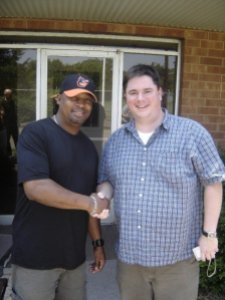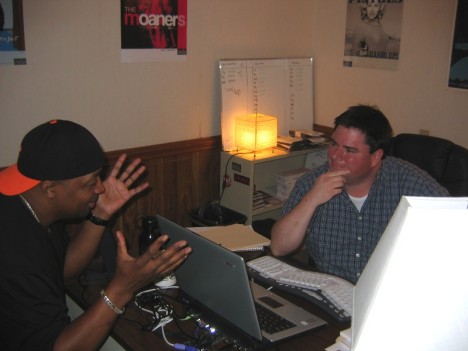Originally published on Conversations & Connections, my SAS social media blog
My stated intention for this blog was to talk about the things we’re doing at SAS to integrate social media into our communications, and share information about what’s working and what isn’t. It’s unforgiveable that I’ve waited this long to talk about the Marketing 2.0 Council, because it’s been our biggest success story to date. I’ve recommended this as a tactic to several folks working on social media in a company setting.
The Marketing 2.0 Council began in late 2007 with a mandate to look at marketing 2.0/Web 2.0/social media as a whole, decide what was important to SAS and how we should go forward. The list of attendees at the first meeting included representatives from all corners of SAS: marketing, public relations, marketing editorial, online strategy and services, education, publications, advertising, email marketing and too many more to name. That first meeting was standing room only in a conference room designed to hold 30 people. I was lucky enough to be invited to join, having been a vocal advocate of incorporating social media into our public relations efforts. The assembled group had a wide range of awareness and understanding of social media but we were all agreed that we needed to figure out a strategy.
Our first major activity was a brainstorming session designed to put all the Web 2.0 outlets we could think of on a white board and narrow them down to the list we wanted to consider first. Somewhat surprisingly, that activity generated a manageable list without any bloodshed. We agreed to focus our attention on blogs, social networks, content syndication, podcasts, online video and Wikipedia. We soon realized that none of those channels would be worth much if we didn’t have something useful to feed them, so we added content as a category of its own.
From that starting point, we put together a task force for each area, led by a member of the Marketing 2.0 Council and made up of people who were either vocationally or avocationally interested in the field. The task forces met over the course of several weeks. They looked at the prevailing wisdom about their area, found examples of companies approaching them well, looked at what SAS was doing and put together recommendations for what we should be doing. That may sound like a simplistic explanation, but there wasn’t much more to it than that – the advantage of clearly-defined objectives.
Once we had all the task force recommedations compiled in a standard format, a working group of council members put them together and drafted a set of overarching recommendations and priorities and a proposed timetable. Even with a comprehensive outline, we felt the need to suggest only two new positions: social media manager “the one that I got” and an integrated content manager, to make sure we had valuable information delivered in a consistent manner to all the 2.0 channels.
With that work behind us, our executive sponsors were confident we had examined all the angles and gave us the green light to fill the new positions and get started on the recommendations. As the person selected to fill the role of social media manager, it’s been extremely helpful for me to know what a broad base my position was built on.
So, if you’re finding yourself trying to get your arms around social media at your company, creating your own council could be a big help. My suggestions:
1. Figure out all the people in your organization who have a stake in communicating your message and get them in the same room.
2. Resist the urge to invite only the people who you think will agree with you. Better to smoke out any objections now and deal with them.
3. Get the lawyers and the HR folks involved from the start, because they will have concerns you will probably never think of yourself.
4. Make sure you have a good cross section of decision makers and doers. In other words, if it’s all practitioners you’ll always be running upstairs to get approval, but if it’s all executives you won’t have anyone to do the grunt work like research and writing the recommendations and making pretty PowerPoint slides.
5. Make sure to create a mechanism for communicating your activities internally. We have an internal Marketing 2.0 Council blog and a SharePoint site where we house all the documents, including the task force reports and the draft social media guidelines and recommendations.

